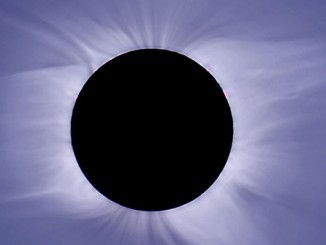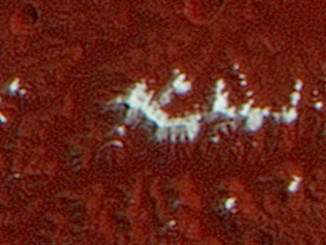
Watch the 9 March total solar eclipse live
If you left it too late to book your Indonesian flight to view the total solar eclipse on the morning of Wednesday, 9 March (UT), don’t despair — put away your passport, sit back and enjoy the spectacle online, courtesy of Exploratorium and NASA TV. For virtual eclipse viewers in the UK, the event starts at 1am GMT on 9 March.









